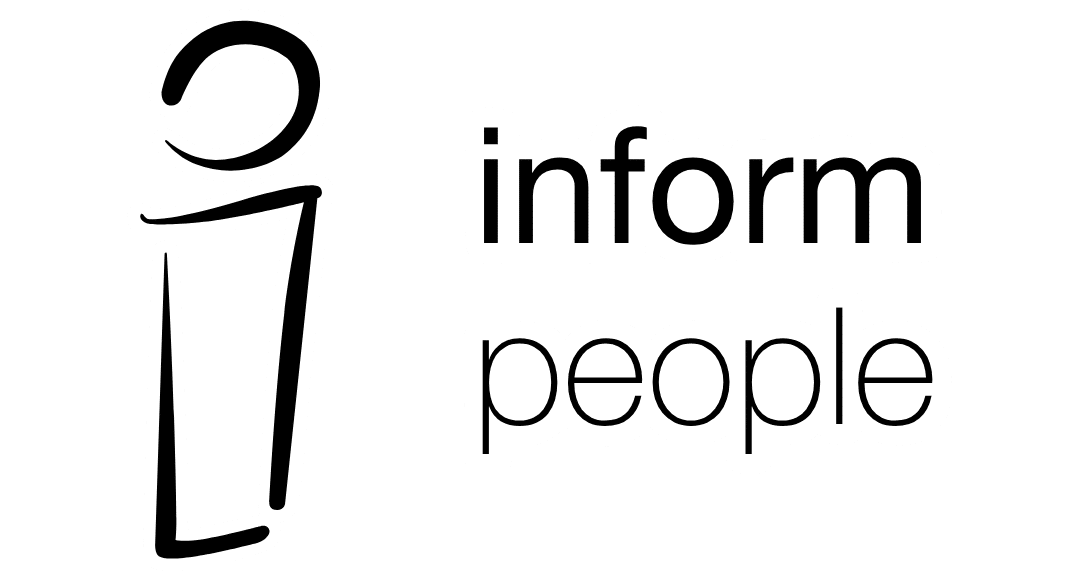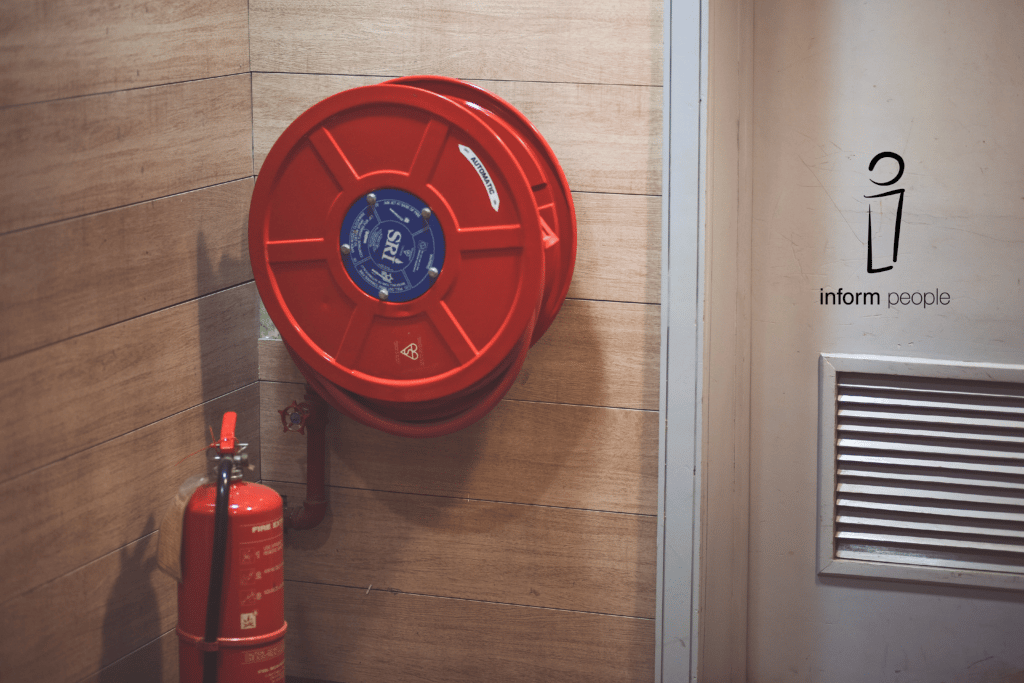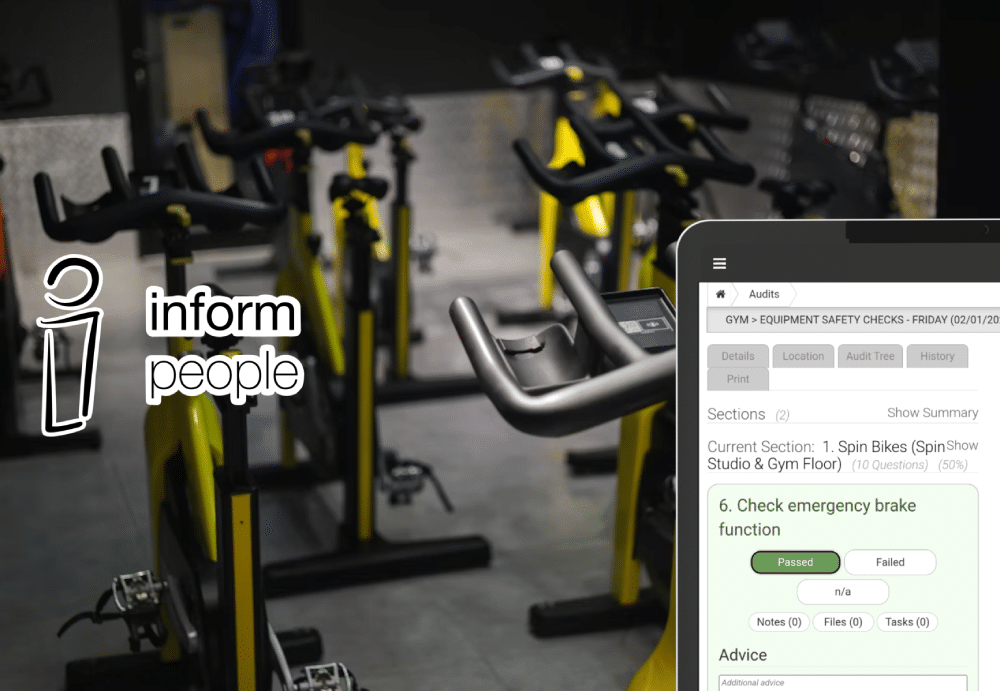A fire safety management protocol details your methods for implementing, controlling, monitoring, and reviewing fire safety standards and ensuring they are maintained. The system explains the preparations for effectively managing fire safety to avoid the possibility of fire and protect people and property if a fire does occur.
The information in this article will serve as advice under Article 11 of the Regulatory Reform Order 2005. It is intended to help regulatory authorities better grasp their responsibilities under the order, and the public better understands the objective of certain sections of the order. It is not prejudicial to whatever an enforcing authority may demand.
Fire Safety Management and Emergency Plan
A fire emergency plan is a document that outlines what procedures employees should follow if a fire alarm goes off. It should be distributed around your organisation so that everyone knows where to go when the alarm sounds.
The document will also clarify the Fire Marshal’s and Wardens’ duties and explain the causes and effects of your fire alarm systems. In most situations, you should appoint someone to carry out the fire action plan and provide them with proper training in firefighting and emergency plans.
The following factors should be considered:
- Action on discovering a fire
- Fire Evacuation Protocol
- Calling the fire brigade
- Actions conducted in response to hearing the fire alarm
- Identifying escape routes
- Fire Marshals’ Responsibilities
- Assembly Points
- Personal Emergency Evacuation Plan
- Liaison with emergency services
Fire Emergency Plan
You must determine how you will plan the evacuation of the premises considering your risk assessment and any other fire precautions you have or plan to implement.
Planning
Proper planning may include the following:
- How the person responsible recommends that a fire safety risk assessment be conducted and sets priorities in eliminating hazards and mitigating risks to people.
- Implement a systematic plan for completing risk assessments to determine priorities and set goals to minimise or eliminate hazards.
- The selection of suitable measures for risk management.
- Setting performance standards and putting protective and preventive measures in place.
Organisation
The Fire Emergency Plan must explain the structure of your organisation and might include:
- How is information about health and safety communicated to all employees?
- Which employees have been actively involved in complying with the fire safety risk assessment’s standards?
- Who will decide on preventive and protective measures, and who will be responsible for putting them in place?
- Effective communication system for workers, employers, and other responsible parties.
- Details of the protected areas and fire doors.
- Details about practice sessions and fire drills.
- Maintenance plans.
- Evacuation/emergency plan.
- Fire safety risk assessment.
- Housekeeping and fire prevention measures.
- Arson prevention.
Control
Determine who could oversee addressing fire safety hazards across the facilities at each level. Established control measures should:
- Clarify the responsibility for health, safety, and fire safety.
- Ensure that responsible person understands their duties and responsibilities.
- Set specific and measurable standards to judge performance.
- Ensure proper supervision.
Monitoring
Determine how the person in charge will assess the effectiveness of the fire safety policy. It must involve frequent inspections of fire precautions, investigations into the causes of incidents, and documentation of other critical information:
- Keep track of all monitoring procedures and activities.
- Ensure that all incidents are investigated so that lessons may be learned, and procedures can be changed as needed.
- Establish a plan and conduct regular inspections to ensure the measures are in place and followed.
Review
Develop a regular review approach that includes any identified weaknesses and a strategy for addressing them. The review should:
- Develop a protocol in place to make sure that any unresolved corrective action is given high priority and completed.
- Consider setting up processes to ensure that corrective action is accomplished.
- Evaluate the management systems to ensure that they are still effective.
Weekly Fire Safety Procedures
As the person who is responsible, you must conduct and regularly conduct a fire risk assessment of the premises. A fire risk assessment is an excellent starting point, but things might alter over time. Things may be moved, doors can be left open, signs can be removed, and fire extinguishers can go missing. Maintenance and construction activities may alter the layout or structure of facilities. Regularly practising a fire safety evacuation plan will help you and your company be prepared to respond quickly if a fire breaks out.
Check your escape routes
Emergency exits are necessary to ensure that people can escape fires as quickly as possible. However, these access routes may also be used for regular access to your business. When they stack some boxes when transporting a delivery, they may not realise they are blocking an escape path.
If a fire breaks out, you must ensure that all building occupants can evacuate to a safe location. Check escape routes for any obstacles or slip hazards.
Test your alarm
An alarm and early detection of fire are important fire safety precautions. A quick response may prevent a fire from spreading, and early notice is critical to allow everyone enough time to leave. Your fire alarm can supply this information, but only if it is operational. Check that your alarm is working and can be heard across the facility.
Test your equipment
You will undoubtedly need to have firefighting equipment at your workplace. Equipment such as fire extinguishers, sprinklers, and fire blankets might be used. In an emergency, you must have confidence in the safety equipment supplied. In addition to regular maintenance, thoroughly check the equipment every week for obvious indications of wear or damage.
Check access to extinguishers
Would you be able to locate an extinguisher if you needed one? Are they easily accessible?
Yes, extinguishers take up space that might be used for a filing cabinet, but the filing cabinet will be useless if a fire breaks out. And, although you probably won’t use extinguishers every day, if you do, you’ll be glad they’re there. Make sure your extinguishers are visible and readily accessible so that you may use them if necessary.
Check your doors
Imagine your relief turning to worry if the last escape door is blocked or locked. Your weekly fire safety checks may assist in ensuring that this does not happen to you or someone you know.
In an emergency, can all exit doors be opened quickly and easily? Check that the fire escape doors swing in the direction of escape. When it comes to fire doors, they only work to prevent a fire if they are closed. You should also make sure that fire doors are not stuck open for any reason.
Light up your routes
Are your escape routes properly lighted? Will people be able to see their way out if they need to evacuate?
Depending on the time of day, natural, artificial, and emergency exit lighting should all be addressed. Weekly inspections may ensure that the lighting is in excellent operating condition. People will need to be able to see well to find a path to safety.
Notice your signs
Signage and fire alerts are required for a clear and effective evacuation procedure. You may know how to get out, but do visitors, or even new employees, know how to get out? Imagine yourself in the shoes of someone unfamiliar with the structure’s layout. Would you be able to make it out? Would you know where (and to whom) you should report?
- Do you have sufficient signs?
- Is the signage proper and placed correctly?
- Are the signs clear?
- Can the signs be followed?
- Do any need to be replaced?
Survey your building
Because things change, you should inspect your building once a week. You may have had contractors come in to make some changes, or damage may have happened. Keep an eye out for flaws or gaps in the walls, ceilings, and flooring, such as where ventilation ducts and electrical wires run through. To prevent fire spread, seal any cracks and fire stops.
Drill your workers
Fire drills will help you to check how successful your preparations are and make any necessary adjustments to improve procedures. It also allows your employees to practise the necessary behaviour in the event of a fire. Testing your fire evacuation plan as a practice rather than a real emergency is preferable.
You may not need to conduct fire drills every week, but you should keep track of when the previous complete practice was held and plan the next one. You may also determine whether new workers or contractors need fire safety training.
Keep a log
Keep records of your assessment, fire training, equipment maintenance and inspections. This can help you manage fire safety inside your facilities while documenting your compliance with fire safety regulations. You can monitor compliance, drills, and training and plan any further activities that are required.
Get the tools of the trade
Inform People’s compliance and performance management software can help you focus your efforts on safety and fire prevention. We provide you with solutions to help you eliminate administrative clutter and simplify your field operations. With our comprehensive safety management software, you will always be on top of your processes. Compliance and performance management software from Inform People is an easy-to-use management tool, and has significant capabilities that help fine-tune processes, increase efficiency, lower expenses, and optimise resource management.
Contact us today to eliminate the need for paper-based form completion and the corresponding administrative overheads while complying with all fire safety regulations.




